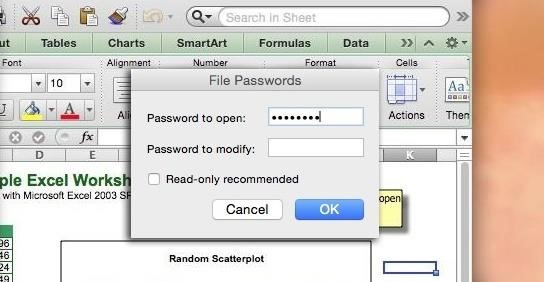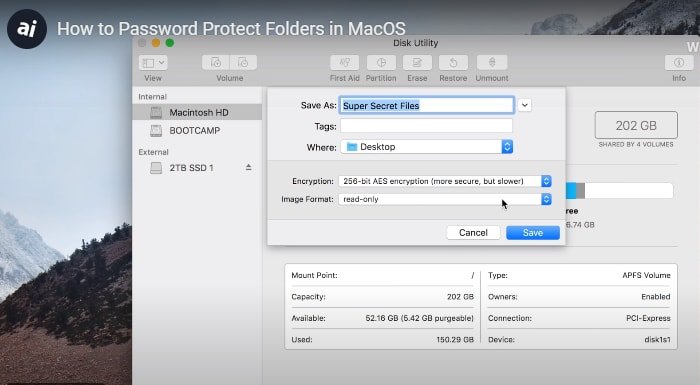

This should open a new window that displays the folder’s metadata, including the size, location, and date it was created.
Control-click the “Sales” in Finder and select “Get Info” from the options. You can find this in the “Utilities” folder in Applications. Let’s say you want to encrypt a folder named “Sales.” Here’s how to go about it using Terminal: If you don’t want to use Disk Utility to password-protect a folder on your Mac, you can use either Terminal or a third-party tool. How to Password Protect a Folder on a Mac Without Disk Utility Note that you can add or remove files from the folder disk image as usual. The original folder will still be available and accessible without any restrictions, so be sure to delete it or transfer it to a different location on your hard drive. As soon as the image has been created, click “Done.”Įt voila! You’ve just created a disk image of the original folder that can only be accessed by entering the password. The process may take some time, depending on the size of the folder. Wait as your Mac creates a disk image of the folder. Under “Image Format,” click the dropdown arrow and select “read/write” from the options. You’ll be prompted to restart the process if the passwords don’t match. Re-enter the password to ensure you didn’t make a mistake on your first attempt. Select an encryption type (AES-128 is recommended) and enter a password. Navigate to the folder you want to protect and then click on the “Choose” button in the bottom right corner of the selection window. Click on the “File” menu, and select “New Image”> “Image from Folder.”. In the sidebar on the left, select the disk or volume you want to password-protect. Open Disk Utility by clicking on the Finder icon in the dock and then select “Applications” > “Utilities” > “Disk Utility.”. 
Here’s how to password-protect a folder using Disk Utility on your Mac:


The disk image can be mounted as a new volume, and only users with the correct password will be able to access the data.ĭisk Utility uses 128-bit AES encryption or 256-bit AES encryption to protect the data, so you can be confident that your data will be safe from unauthorized access. It allows you to create a password-protected disk image that can be used to store your confidential data. Disk Utility is an excellent tool for this purpose.








 0 kommentar(er)
0 kommentar(er)
